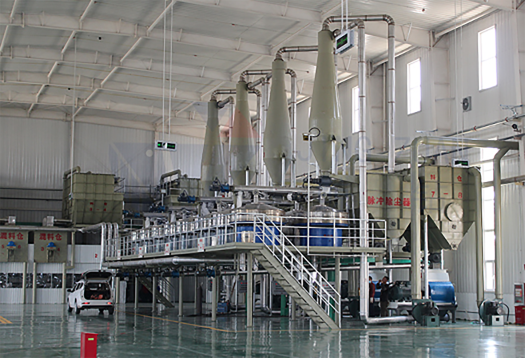
डिसेंबर . 12, 2024 16:50 Back to list
methyl hydroxyethyl cellulose
Methyl Hydroxyethyl Cellulose A Versatile Polymer in Modern Applications
Methyl Hydroxyethyl Cellulose (MHEC) is a cellulose derivative that has gained significant attention across various industries due to its unique properties and functionalities. As a non-ionic, water-soluble polymer, MHEC is derived from natural cellulose, which is obtained from plant fibers. The chemical modifications that lead to the formation of MHEC involve both methylation and hydroxyethylation processes. These modifications enhance the polymer’s solubility in aqueous solutions, providing it with distinctive rheological properties that contribute to its diverse applications.
Properties and Characteristics
One of the most remarkable features of MHEC is its ability to form a gel or viscous solution upon dissolution in water. This property is particularly beneficial in applications where thickening or binding agents are required. MHEC is also resistant to high temperatures and can maintain its performance across a wide pH range, making it suitable for various formulations. Additionally, its non-ionic nature means that it can be mixed with a wide range of other ingredients without causing undesirable reactions, further broadening its usability in different sectors.
Applications in the Construction Industry
MHEC is extensively used in the construction industry, particularly in tile adhesives, mortar, and plaster formulations. Its thickening properties improve the workability of these mixtures, allowing for better adherence to surfaces and facilitating smoother application. The water-retention ability of MHEC ensures that the mortar remains workable for longer periods, which is particularly important in hot or dry conditions. This leads to improved performance and durability of the construction materials, thereby enhancing the longevity of buildings and structures.
Use in Personal Care Products
methyl hydroxyethyl cellulose

Another significant area where MHEC is utilized is in personal care products. The thickening and stabilizing properties of this polymer make it an excellent choice for cosmetic formulations, including creams, lotions, and gels. MHEC helps to ensure uniform texture and stability in these products, enhancing the sensory experience for consumers. Additionally, its non-irritating nature makes it suitable for sensitive skin formulations, positioning it as a preferred ingredient in various skincare products.
Role in Pharmaceuticals
In the pharmaceutical sector, MHEC is valued for its ability to modify the release characteristics of drugs. As an excipient, it can be used to formulate tablets and capsules, improving the overall bioavailability of active ingredients. By controlling the viscosity of the solution and enhancing the dispersion of drugs, MHEC contributes to the effectiveness of pharmaceutical formulations. Furthermore, its biocompatibility and non-toxic profile make it an attractive choice for drug delivery systems, including those designed for sustained or controlled release.
Environmental Considerations
The increasing focus on sustainability and environmental impact has also driven interest in natural polymers like MHEC. As a derivative of cellulose, which is a renewable resource, MHEC presents a more eco-friendly alternative compared to synthetic polymers. Its biodegradability adds to its appeal, particularly in applications where environmental concerns are paramount. By utilizing MHEC, manufacturers can contribute to reducing plastic waste while maintaining high performance in their products.
Conclusion
In summary, Methyl Hydroxyethyl Cellulose stands out as a versatile polymer with a wide range of applications across various industries. Its unique properties, including thickening, binding, and stabilizing capabilities, make it a valuable ingredient in construction materials, personal care products, and pharmaceuticals. As industries continue to shift towards sustainable practices, the use of natural polymers like MHEC is expected to grow, making it an essential component in the development of innovative and environmentally friendly products. Whether in enhancing the performance of building materials or improving consumer goods, MHEC exemplifies the synergy between chemistry and practical application in our daily lives.
-
Versatile Hpmc Uses in Different Industries
NewsJun.19,2025
-
Redispersible Powder's Role in Enhancing Durability of Construction Products
NewsJun.19,2025
-
Hydroxyethyl Cellulose Applications Driving Green Industrial Processes
NewsJun.19,2025
-
Exploring Different Redispersible Polymer Powder
NewsJun.19,2025
-
Choosing the Right Mortar Bonding Agent
NewsJun.19,2025
-
Applications and Significance of China Hpmc in Modern Industries
NewsJun.19,2025







